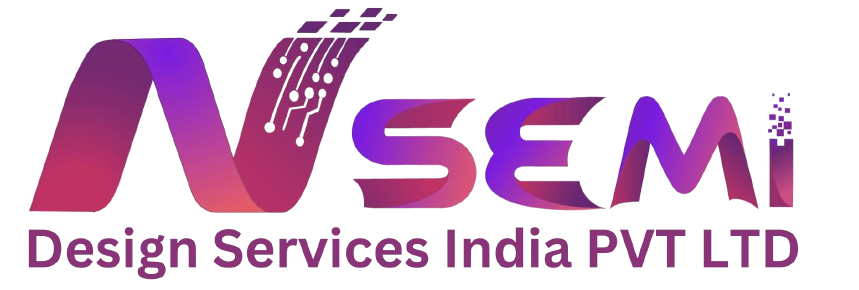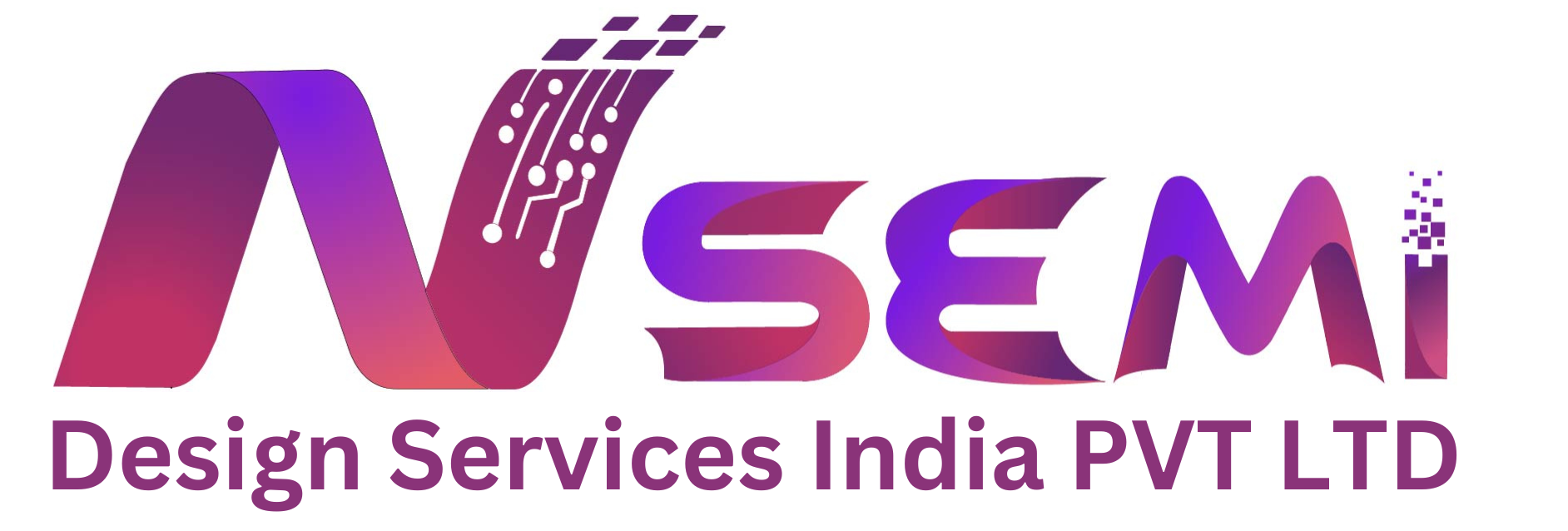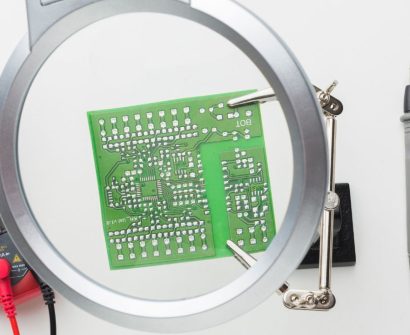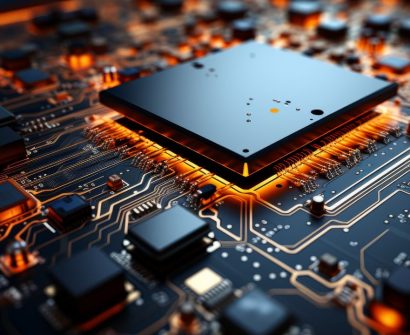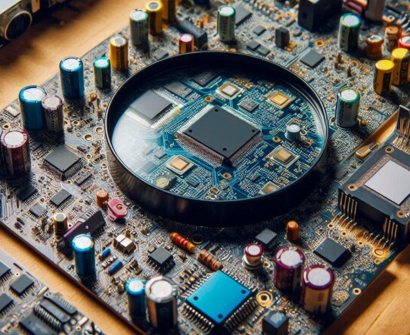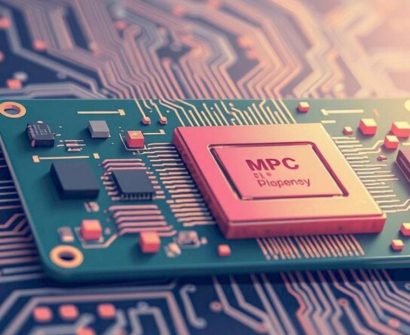
Introduction
Optoelectronics is a rapidly evolving field that combines optics and electronics to develop devices capable of detecting, generating, and controlling light. It plays a crucial role in modern technology, influencing industries such as telecommunications, healthcare, and consumer electronics. This article explores the fundamentals of optoelectronics, its key components, applications, and future trends.
What is Optoelectronics?
Optoelectronics refers to the study and application of electronic devices that interact with light. It encompasses technologies that either produce light (such as LEDs and laser diodes) or detect it (such as photodiodes and image sensors). The core principle behind optoelectronic devices is the interaction between photons (light particles) and electrons, enabling efficient signal conversion between optical and electrical forms.
Key Optoelectronic Components
Several essential components define the field of optoelectronics:
1. Light-Emitting Devices
- Light-Emitting Diodes (LEDs): Efficient, long-lasting light sources used in displays, lighting, and indicators.
- Laser Diodes: Emit coherent light with high intensity, widely used in fiber-optic communication, barcode scanners, and medical applications.
2. Photodetectors and Sensors
- Photodiodes: Convert light into electrical signals, commonly found in cameras, optical sensors, and solar cells.
- Phototransistors: Similar to photodiodes but with signal amplification capabilities, used in light detection applications.
3. Optical Fiber Technology
- Used for high-speed data transmission in telecommunications, ensuring minimal signal loss over long distances.
4. Optocouplers (Optoisolators)
- Devices that transfer electrical signals using light, providing electrical isolation between circuits for enhanced safety.
Applications of Optoelectronics
Optoelectronics has diverse applications across multiple industries:
1. Telecommunications
- Fiber-optic communication systems use optoelectronic components for high-speed data transmission over long distances with minimal loss.
2. Consumer Electronics
- LEDs and OLEDs are integral to display technologies in televisions, smartphones, and wearable devices.
3. Healthcare and Biomedical Applications
- Laser diodes and photodetectors are used in medical imaging, optical coherence tomography (OCT), and laser surgery.
4. Industrial and Automation Systems
- Optical sensors facilitate precise measurements, automation, and safety applications in manufacturing and robotics.
5. Energy and Renewable Resources
- Photovoltaic cells (solar panels) convert sunlight into electrical energy, contributing to sustainable energy solutions.
Future Trends in Optoelectronics
The field of optoelectronics continues to advance, driven by emerging technologies and increasing demand for efficient light-based solutions. Key trends include:
- Miniaturization and Integration: Developing compact, multifunctional optoelectronic components for advanced devices.
- Quantum Optoelectronics: Exploring quantum properties of light for next-generation computing and secure communication.
- Flexible and Wearable Optoelectronics: Enabling applications in smart textiles, health monitoring, and augmented reality.
- Enhanced Energy Efficiency: Improving LED and photovoltaic technologies for sustainable energy solutions.
Conclusion
Optoelectronics is a transformative field that merges the capabilities of optics and electronics to enable groundbreaking innovations. From high-speed communication to medical diagnostics and renewable energy, optoelectronic devices continue to shape the future of technology. As research and development progress, we can expect even more advancements that push the boundaries of light-based technologies.
